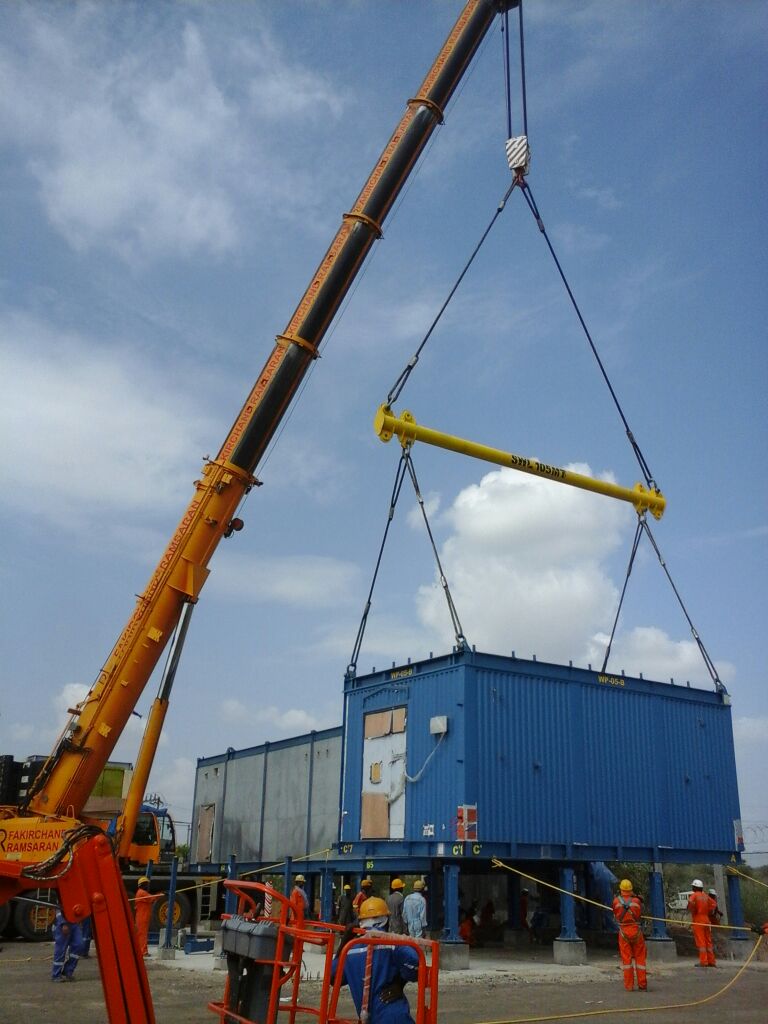Import & Export Overview


- Target Analysis
- Budget Friendly
- Flexible Tools
Import and export target analysis involves identifying and analyzing potential markets for importing or exporting goods and services. The goal of target analysis is to determine which countries or regions offer the best opportunities for growth and profitability.
Here are some key steps involved in import and export target analysis:
Market Research: Conducting market research to identify potential markets, including factors such as demographics, economic indicators, trade policies, and cultural considerations.
Competitor Analysis: Analyzing the competitive landscape in each potential market, including the strengths and weaknesses of competitors, market share, and pricing strategies.
Regulatory Analysis: Understanding the regulatory environment in each potential market, including import and export regulations, taxes, and tariffs.
Risk Assessment: Assessing the risks involved in entering each potential market, including political instability, economic volatility, and legal risks.
Resource Analysis: Analyzing the resources required to enter each potential market, including logistics, financing, and personnel.
Strategic Planning: Developing a strategic plan for entering the target markets, including identifying the most promising markets and developing a plan for market entry.
By conducting import and export target analysis, businesses can make informed decisions about which markets to target and how to best enter those markets. This can help businesses maximize growth and profitability while minimizing risks and resources.
Import and export can be costly processes, but there are several ways to make them more budget-friendly. Here are some strategies businesses can use to reduce costs when importing or exporting goods and services:
Research: Conduct thorough research to identify the most cost-effective options for transportation, customs clearance, and other services. This can help businesses negotiate better rates and avoid unnecessary fees.
Negotiate with suppliers: Negotiate with suppliers to obtain the best possible prices for goods and services. This can involve bulk purchasing, early payment discounts, or other incentives.
Use free trade agreements: Take advantage of free trade agreements to reduce or eliminate import and export tariffs. Free trade agreements can also provide businesses with access to new markets and increased competitiveness.
Use technology: Use technology to streamline processes and reduce manual labor. This can include using online platforms for ordering and tracking shipments, or automating customs clearance procedures.
Optimize logistics: Optimize logistics to reduce transportation costs, such as consolidating shipments or using more efficient transportation methods.
Consider alternative markets: Consider alternative markets that may offer lower costs or better opportunities for growth. This may involve exploring new regions or countries for import or export.
By implementing these strategies, businesses can reduce costs and make import and export more budget-friendly, while still maintaining high-quality services and products.
Import and export require various tools and technologies to ensure smooth and efficient operations. Here are some flexible tools that can help businesses in import and export:
Electronic Data Interchange (EDI): EDI is a technology that enables businesses to exchange data electronically between different computer systems. This can help streamline communication and reduce errors in data exchange.
Supply Chain Management (SCM) software: SCM software can help businesses manage their supply chains more efficiently, from procurement and inventory management to transportation and logistics.
Freight Forwarding software: Freight forwarding software can help businesses manage their freight forwarding operations, including booking shipments, tracking cargo, and managing customs clearance.
Customs Compliance software: Customs compliance software can help businesses manage and comply with complex customs regulations, including import and export duties, tariffs, and documentation requirements.
Cloud-based platforms: Cloud-based platforms can provide businesses with flexible and scalable solutions for managing import and export operations, including data management, logistics, and collaboration with partners.
Mobile applications: Mobile applications can provide businesses with real-time access to information and tools for managing import and export operations, including tracking shipments, managing customs clearance, and communicating with partners.
By leveraging these flexible tools and technologies, businesses can improve efficiency, reduce costs, and stay competitive in the dynamic import and export landscape.

